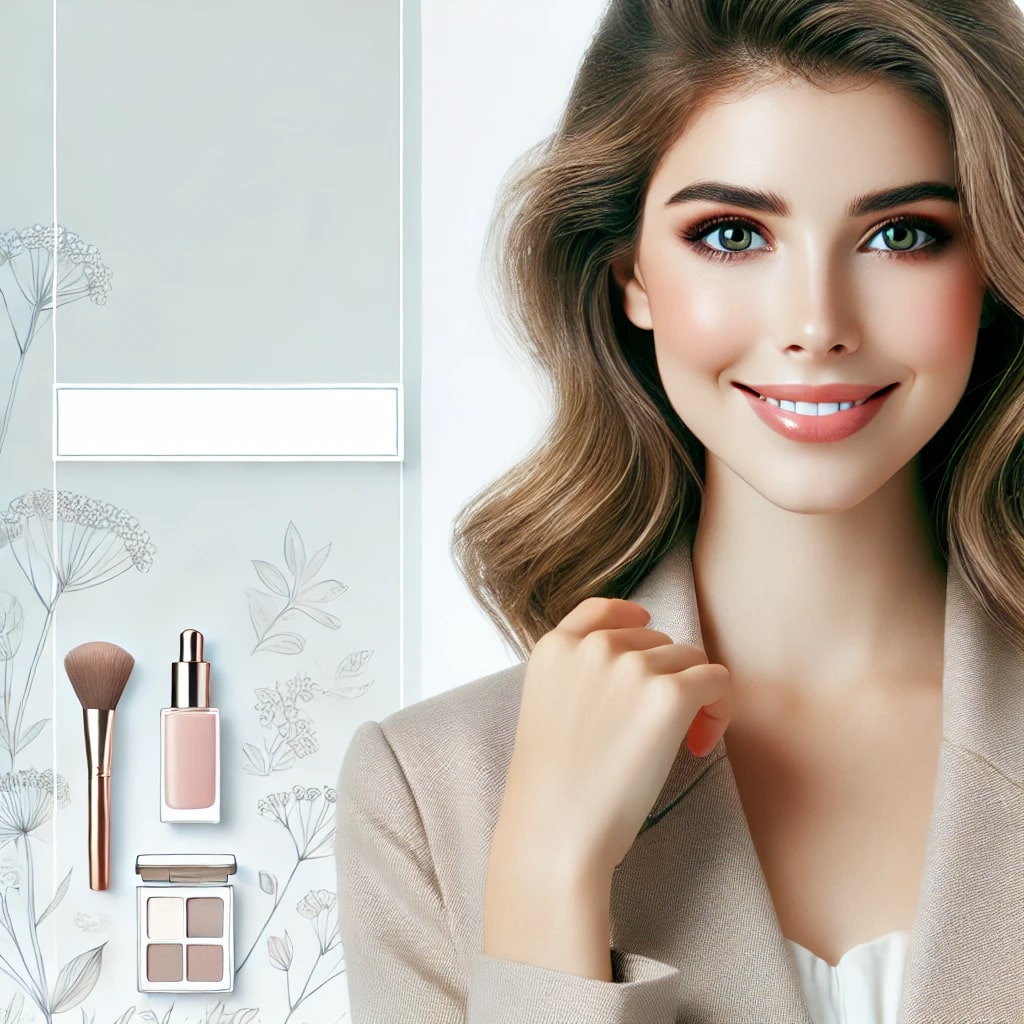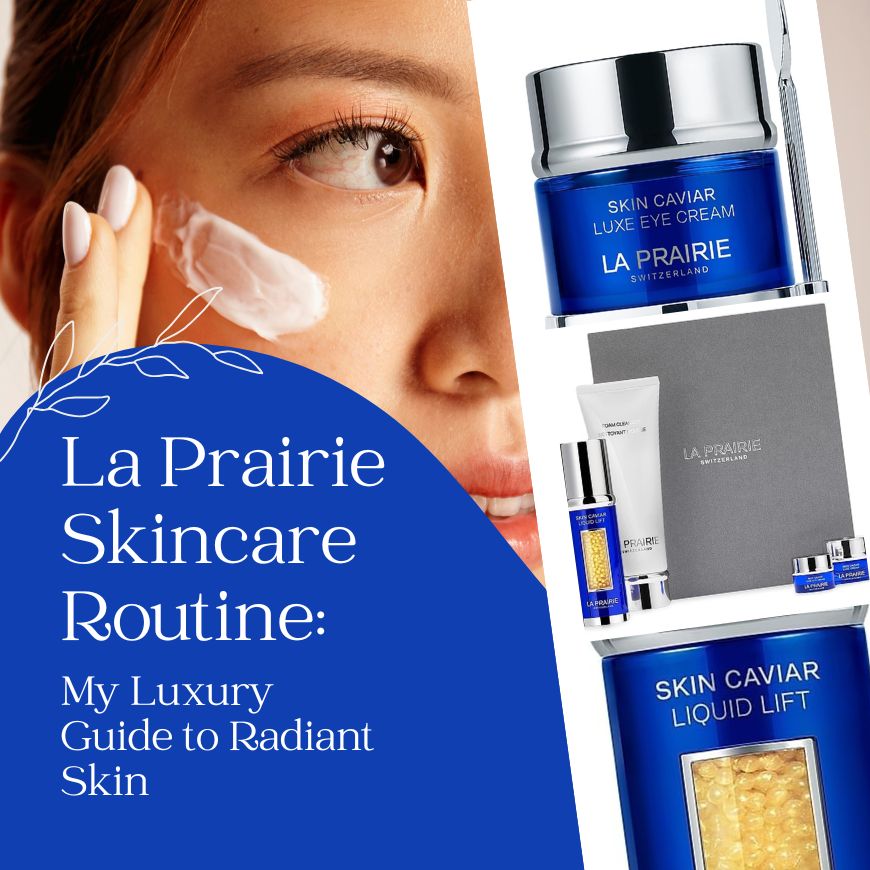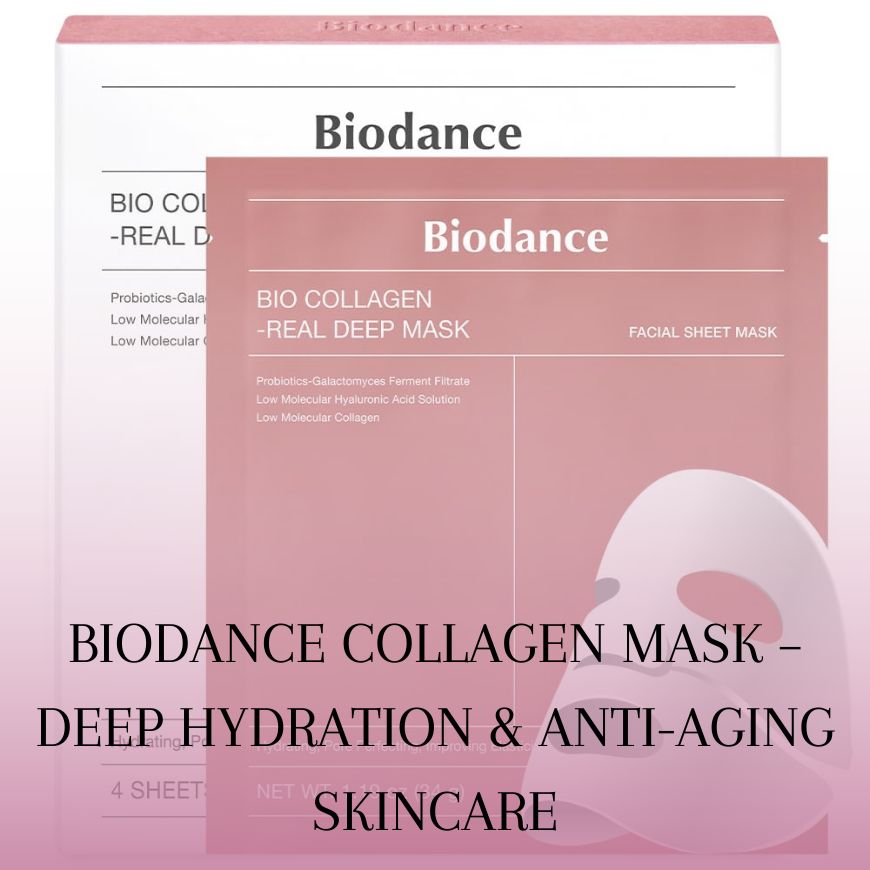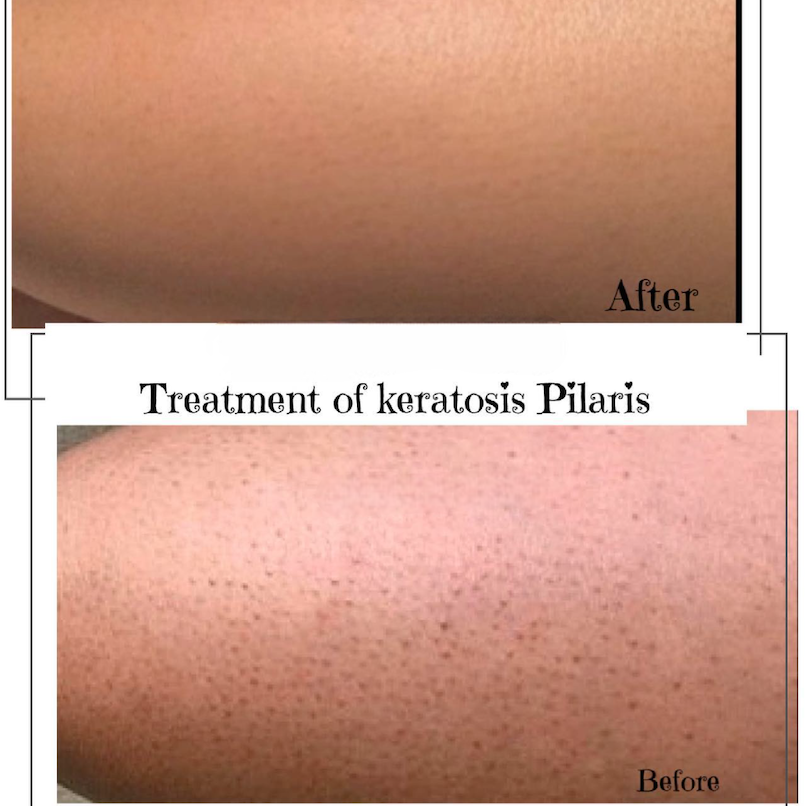Acne is more than just a skin-deep issue; it’s often a reflection of what’s happening inside your body. If you’ve ever wondered why your breakouts occur in specific areas of your face, face mapping could hold the answers. This ancient practice connects acne breakouts to internal imbalances and can help you understand your skin better. With the right guidance and products, you can tackle these issues head-on. Let’s dive into the fascinating world of acne face maps and uncover what your acne might be trying to tell you.
What is Face Mapping?
Face mapping is an age-old technique with roots in Ayurveda and traditional Chinese medicine. It links different areas of the face to specific organs or systems in the body. The idea is simple: the location of your acne corresponds to imbalances or issues within certain parts of your body. By understanding your acne face map, you can address these root causes to achieve clearer, healthier skin.
Face mapping is more than just a theory; it’s a roadmap for improving both your skin and overall health. With the rise of holistic skincare, face mapping is gaining popularity as people seek deeper solutions to their acne troubles.
Breaking Down the Acne Face Map
Let’s explore what acne in each facial zone might mean according to face mapping principles. Remember, while this guide provides insights, it’s always good to consult a dermatologist for persistent or severe acne.
Forehead Acne
What it means: What it means: Digestive and liver health are frequently associated with forehead acne. It can also be a sign of stress, lack of sleep, or poor diet.
Tips to address it:
- Stay hydrated and limit sugary or greasy foods.
- Increase your intake of antioxidants and leafy greens.
- Use lightweight, non-comedogenic skincare products like CeraVe Foaming Facial Cleanser to avoid clogging pores.
Face mapping shows that forehead acne can also result from hair product buildup. Keep your hairline clean and avoid using heavy products near your forehead.
Cheek Acne
What it means: Breakouts on your cheeks are commonly linked to respiratory issues or environmental factors like pollution. Dirty pillowcases, makeup brushes, and touching your face frequently can also contribute.
Tips to address it:
- Clean your pillowcases and makeup tools regularly.
- Avoid smoking or exposure to secondhand smoke.
- Use a gentle exfoliator like Paula’s Choice Skin Perfecting 2% BHA Liquid Exfoliant to unclog pores and reduce inflammation.
Cheek acne in face mapping is also associated with bacteria transfer. Be mindful of keeping your phone screens clean and refraining from resting your hands on your face.
Chin and Jawline Acne
What it means: Acne along your chin and jawline is often hormonal. It may be related to your menstrual cycle, polycystic ovary syndrome (PCOS), or stress.
Tips to address it:
- Consider dietary changes, such as reducing dairy and processed sugars.
- Practice stress-reduction techniques like yoga or meditation.
- Try a spot treatment like Mario Badescu Drying Lotion to target pimples effectively.
The acne face map highlights that consistent hormonal fluctuations may need long-term solutions, such as birth control pills or other hormonal treatments, under medical guidance.
Nose Acne
What it means: Breakouts on your nose are linked to your heart and blood pressure. High levels of stress or a diet high in fatty, processed foods can trigger this.
Tips to address it:
- Incorporate heart-healthy foods like nuts, fish, and avocados into your meals.
- Use a pore-minimizing product like The Ordinary Niacinamide 10% + Zinc 1% Serum to reduce excess oil and improve skin texture.
According to face mapping, oily skin is often concentrated on the nose, making it a hotspot for blackheads. Regular cleansing and exfoliation can help keep this area clear.
Between the Brows Acne
What it means: Acne here is connected to liver health and may be a sign of overindulgence in alcohol, fatty foods, or a lack of detoxification.
Tips to address it:
- Reduce alcohol and greasy foods in your diet.
- Opt for detoxifying teas and a balanced diet.
- Use a soothing clay mask like Aztec Secret Indian Healing Clay to draw out impurities.
Face mapping often associates this area with poor dietary choices. Small adjustments can make a significant difference.
Daily Skincare Routine for Acne-Prone Skin
A consistent skincare routine tailored to your acne’s root causes is essential. Here’s a simple, effective routine:
Morning Routine:
- Cleanse: Use a gentle cleanser like La Roche-Posay Toleriane Hydrating Cleanser.
- Tone: To prepare your skin, use a balancing toner.
- Treat: Use a targeted treatment like Differin Adapalene Gel 0.1% to combat acne.
- Moisturize: Hydrate with a non-comedogenic moisturizer.
- Protect: Finish with sunscreen to prevent hyperpigmentation.
Evening Routine:
- Double Cleanse: Use your usual cleanser after using an oil cleanser to get rid of makeup.
- Exfoliate: Apply a chemical exfoliant two to three times each week.
- Serum: Apply a repairing serum like The Ordinary Hyaluronic Acid 2% + B5.
- Moisturize: Seal in hydration with a nourishing cream.
Your face mapping routine should emphasize consistent care to prevent recurring acne.
Lifestyle Changes to Complement Your Acne Face Map Insights
Skincare alone won’t solve all your acne problems. Combine your program with these changes to your lifestyle:
1. Stay Hydrated
Toxins are eliminated and your skin is kept nourished from the inside out when you drink adequate water. Try to consume 8 glasses or more each day.
2. Get Quality Sleep
Your skin regenerates while you sleep. Lack of rest can lead to breakouts, especially on your forehead. Try to get 7 to 8 hours of quality sleep each night.
3. Eat a Balanced Diet
Vitamin and mineral-rich foods promote the general health of the skin. Incorporate more fruits, vegetables, and lean proteins while reducing sugar and processed foods.
4. Manage Stress
Stress hormones can trigger acne, particularly on the chin and jawline. Incorporate mindfulness practices like meditation or exercise into your daily routine.
Recommended Products on Amazon for Acne-Prone Skin
To make your journey easier, here are some highly-rated products available on Amazon that can help combat acne:
- CeraVe Acne Foaming Cream Cleanser: A gentle yet effective cleanser with benzoyl peroxide.
- COSRX Acne Pimple Master Patch: Perfect for targeting stubborn pimples overnight.
- Neutrogena Oil-Free Acne Wash: A classic salicylic acid cleanser for daily use.
- The Body Shop Tea Tree Oil: A natural remedy to reduce inflammation and redness.
- Aveeno Clear Complexion Daily Moisturizer: Keeps your skin hydrated without clogging pores.
When to See a Dermatologist
While face mapping and a tailored skincare routine can significantly improve your skin, persistent or severe acne may require professional help. To address your issues, a dermatologist can offer cutting-edge procedures like chemical peels, laser therapy, or prescription drugs.
Final Thoughts on Face Mapping and Acne
Understanding your acne face map through face mapping can offer valuable insights into your overall health and help you tackle the root causes of your breakouts. With a combination of targeted skincare, lifestyle adjustments, and the right products, clearer skin is within reach. Keep in mind that consistency is essential and that little adjustments over time can have big effects.

Hi, I’m Emma R. ✅
Passionate beauty blogger sharing expert tips, honest reviews, and the latest trends to help you glow inside and out.




